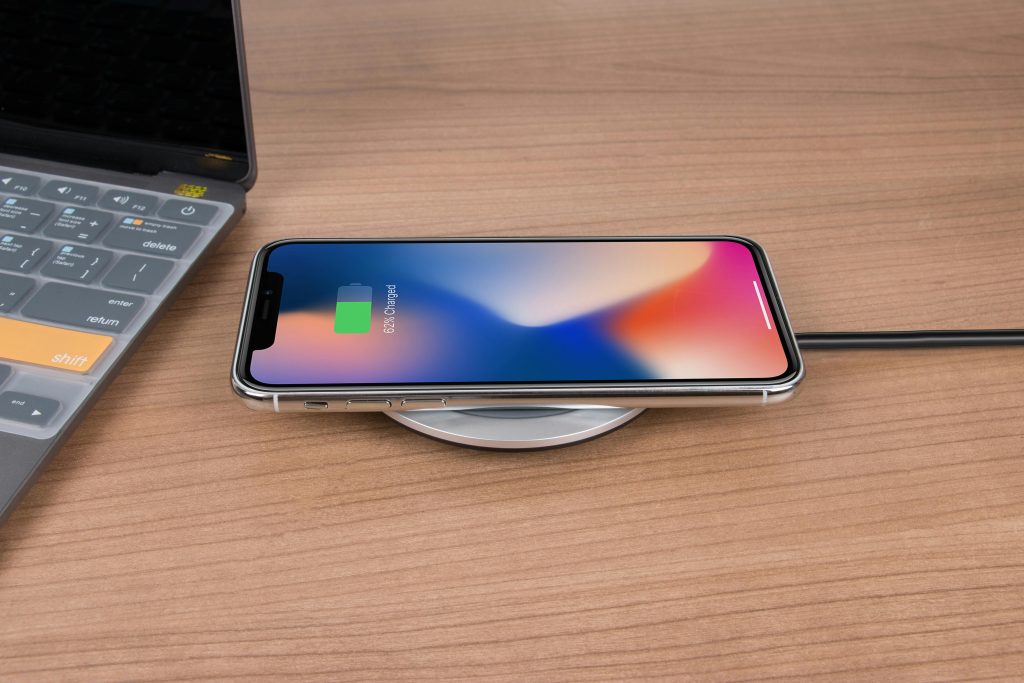Troubleshooting Laptop GPU Issues: A Case Study with Acer Predator Helios Neo 16S AI Gaming Laptop
Gaming enthusiasts rely heavily on their laptop’s GPU to ensure smooth performance and immersive experiences. However, unforeseen issues can disrupt this functionality, leaving users puzzled. One common concern is when the GPU appears to be malfunctioning or unrecognized by the system. In this article, we examine a real-world scenario involving an Acer Predator Helios Neo 16S AI Gaming Laptop and explore effective troubleshooting steps to resolve GPU-related problems.
Scenario Overview
A user reported an incident where their laptop’s GPU was suddenly no longer visible after an accidental drop of a gaming controller onto the device. Prior to the incident, the PredatorSense utility displayed temperature readings for the GPU, confirming its operational status. However, post-accident, the utility now shows ‘NaN’ (Not a Number), indicating a possible detection or communication issue with the GPU.
Possible Causes of GPU Detection Issues
Several factors can contribute to the GPU becoming unrecognized or malfunctioning:
- Hardware Disconnection: Physical impact from the drop could temporarily or permanently disconnect internal GPU components or connectors.
- Driver Corruption or Malfunction: The incident may have corrupted GPU drivers, causing recognition problems.
- Hardware Damage: Impact can damage the GPU chip, motherboard, or related components.
- Sensor or Software Glitch: Utility tools like PredatorSense may be experiencing a glitch, or sensor readings might be affected.
Step-by-Step Troubleshooting Guide
- Restart Your Laptop
Begin with a simple restart to clear temporary errors and reset hardware components.
-
Update or Reinstall GPU Drivers
-
Download the latest drivers from the official NVIDIA or AMD website, depending on your GPU.
-
Use Device Manager to uninstall existing GPU drivers, then install the latest version.
-
Check Hardware Connections
-
Power off the device completely.
- Open the laptop (if comfortable and compliant with warranty terms) to inspect internal connections, specifically the GPU seating and related cables.
-
If unsure, consult a professional technician.
-
Run Hardware Diagnostics
-
Utilize built-in diagnostics tools provided by Acer or third-party utilities to scan for hardware issues.
-
Pay particular attention to GPU and motherboard diagnostics.
-
Monitor Temperature and Sensor Readings
-
Use software like HWMonitor or MSI Afterburner to observe GPU temperatures and readings.
- Note any anomalies or consistent ‘NaN’ reports across tools.
6
Share this content:



